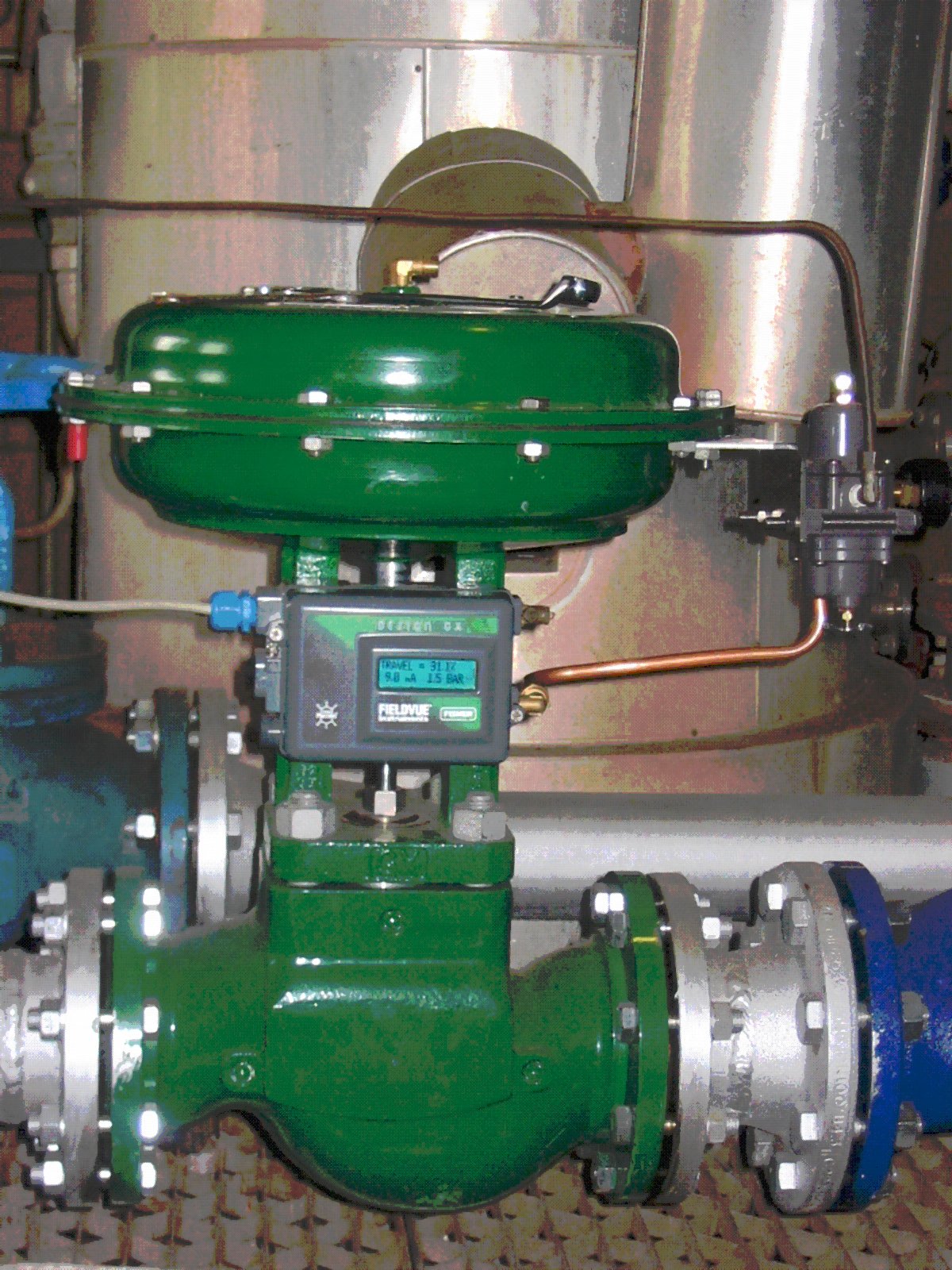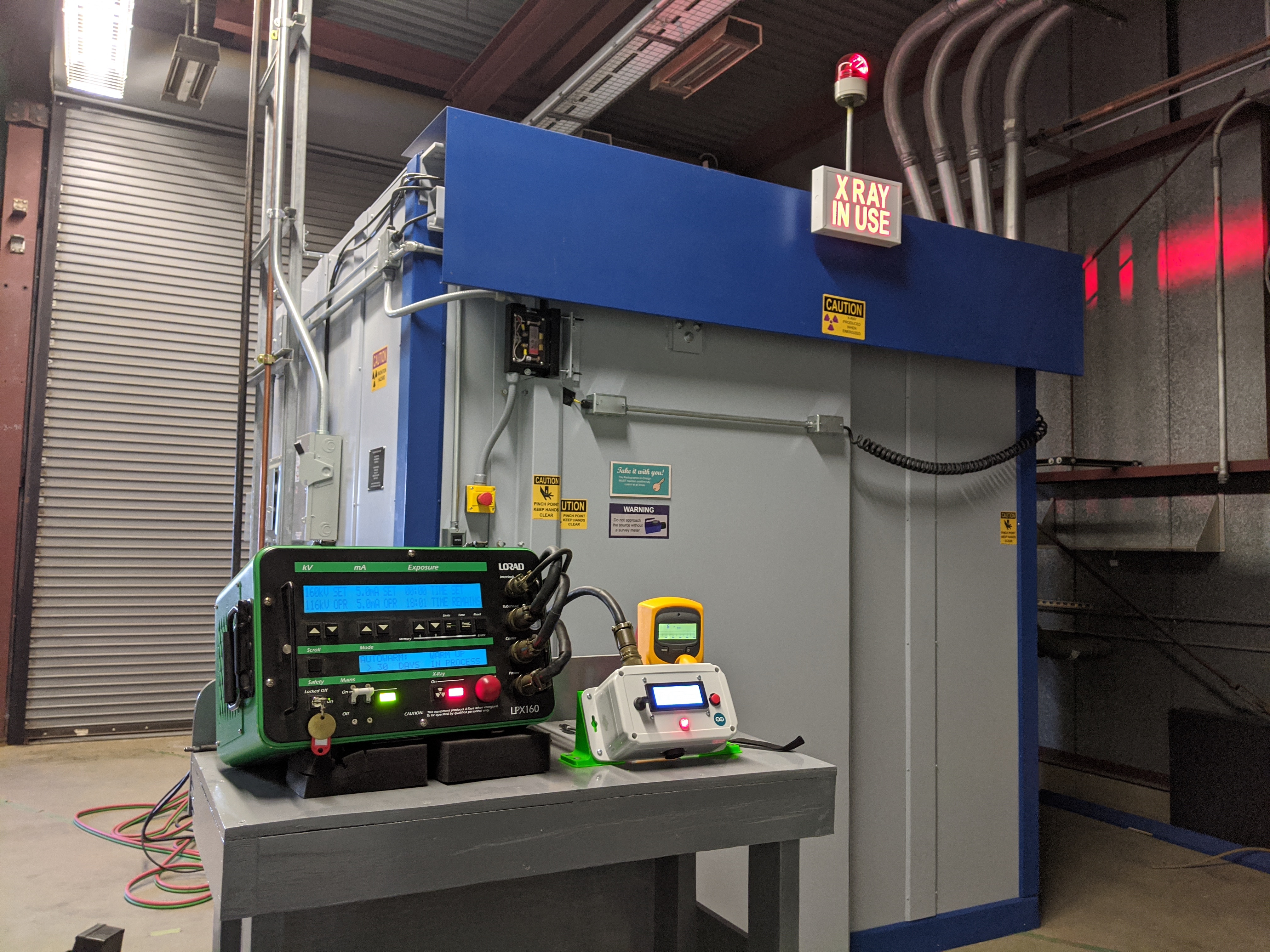|
Smart Intelligent Aircraft Structure
The term "smart structures" is commonly used for structures which have the ability to adapt to environmental conditions according to the design requirements. As a rule, the adjustments are designed and performed in order to increase the efficiency or safety of the structure. Combining "smart structures" with the "sophistication" achieved in materials science, information technology, measurement science, sensors, actuators, signal processing, nanotechnology, cybernetics, artificial intelligence, and biomimetics, one can talk about Smart Intelligent Structures. In other words, structures which are able to sense their environment, self-diagnose their condition and adapt in such a way so as to make the design more useful and efficient. The concept of Smart Intelligent Aircraft Structures offers significant improvements in aircraft total weight, manufacturing cost and, above all, operational cost by an integration of system tasks into the load carrying structure. It also helps to imp ... [...More Info...] [...Related Items...] OR: [Wikipedia] [Google] [Baidu] |
Aerodynamic
Aerodynamics, from grc, ἀήρ ''aero'' (air) + grc, δυναμική (dynamics), is the study of the motion of air, particularly when affected by a solid object, such as an airplane wing. It involves topics covered in the field of fluid dynamics and its subfield of gas dynamics. The term ''aerodynamics'' is often used synonymously with gas dynamics, the difference being that "gas dynamics" applies to the study of the motion of all gases, and is not limited to air. The formal study of aerodynamics began in the modern sense in the eighteenth century, although observations of fundamental concepts such as aerodynamic drag were recorded much earlier. Most of the early efforts in aerodynamics were directed toward achieving heavier-than-air flight, which was first demonstrated by Otto Lilienthal in 1891. Since then, the use of aerodynamics through mathematical analysis, empirical approximations, wind tunnel experimentation, and computer simulations has formed a rational basis f ... [...More Info...] [...Related Items...] OR: [Wikipedia] [Google] [Baidu] |
Stiffness
Stiffness is the extent to which an object resists deformation in response to an applied force. The complementary concept is flexibility or pliability: the more flexible an object is, the less stiff it is. Calculations The stiffness, k, of a body is a measure of the resistance offered by an elastic body to deformation. For an elastic body with a single degree of freedom (DOF) (for example, stretching or compression of a rod), the stiffness is defined as k = \frac where, * F is the force on the body * \delta is the displacement produced by the force along the same degree of freedom (for instance, the change in length of a stretched spring) In the International System of Units, stiffness is typically measured in newtons per meter (N/m). In Imperial units, stiffness is typically measured in pounds (lbs) per inch. Generally speaking, deflections (or motions) of an infinitesimal element (which is viewed as a point) in an elastic body can occur along multiple DOF (maximum of ... [...More Info...] [...Related Items...] OR: [Wikipedia] [Google] [Baidu] |
Carbon-fiber-reinforced Polymer
Carbon fiber-reinforced polymers (American English), carbon-fibre-reinforced polymers (Commonwealth English), carbon-fiber-reinforced plastics, carbon-fiber reinforced-thermoplastic (CFRP, CRP, CFRTP), also known as carbon fiber, carbon composite, or just carbon, are extremely strong and light fiber-reinforced plastics that contain carbon fibers. CFRPs can be expensive to produce, but are commonly used wherever high strength-to-weight ratio and stiffness (rigidity) are required, such as aerospace, superstructures of ships, automotive, civil engineering, sports equipment, and an increasing number of consumer and technical applications. The binding polymer is often a thermoset resin such as epoxy, but other thermoset or thermoplastic polymers, such as polyester, vinyl ester, or nylon, are sometimes used. The properties of the final CFRP product can be affected by the type of additives introduced to the binding matrix (resin). The most common additive is silica, but other ad ... [...More Info...] [...Related Items...] OR: [Wikipedia] [Google] [Baidu] |
Damage Tolerance
In engineering, damage tolerance is a property of a structure relating to its ability to sustain defects safely until repair can be effected. The approach to engineering design to account for damage tolerance is based on the assumption that flaws can exist in any structure and such flaws propagate with usage. This approach is commonly used in aerospace engineering, mechanical engineering, and civil engineering to manage the extension of cracks in structure through the application of the principles of fracture mechanics. A structure is considered to be damage tolerant if a maintenance program has been implemented that will result in the detection and repair of accidental damage, corrosion and fatigue cracking before such damage reduces the residual strength of the structure below an acceptable limit. History Structures upon which human life depends have long been recognized as needing an element of fail-safety. When describing his flying machine, Leonardo da Vinci noted that "I ... [...More Info...] [...Related Items...] OR: [Wikipedia] [Google] [Baidu] |
Fail-safe
In engineering, a fail-safe is a design feature or practice that in the event of a specific type of failure, inherently responds in a way that will cause minimal or no harm to other equipment, to the environment or to people. Unlike inherent safety to a particular hazard, a system being "fail-safe" does not mean that failure is impossible or improbable, but rather that the system's design prevents or mitigates unsafe consequences of the system's failure. That is, if and when a "fail-safe" system fails, it remains at least as safe as it was before the failure. Since many types of failure are possible, failure mode and effects analysis is used to examine failure situations and recommend safety design and procedures. Some systems can never be made fail-safe, as continuous availability is needed. Redundancy, fault tolerance, or contingency plans are used for these situations (e.g. multiple independently controlled and fuel-fed engines). Examples Mechanical or physical Examples i ... [...More Info...] [...Related Items...] OR: [Wikipedia] [Google] [Baidu] |
Structural Component
Structural elements are used in structural analysis to split a complex structure into simple Wiktionary:element, elements. Within a structure, an element cannot be broken down (decomposed) into parts of different kinds (e.g., beam or column). Structural elements can be lines, surfaces or volumes. Line elements: *Rod - Axis of rotation, axial loads *Beam (structure), Beam - axial and bending loads *Pillar *Post (structural) *Struts or Compression members- compressive stress, compressive loads *Tie (engineering), Ties, Tie rods, eyebars, guy-wires, suspension cables, or wire ropes - Tension (physics), tension loads Surface elements: *Membrane theory of shells, membrane - in-plane loads only *thin-shell structure, shell - in plane and bending moments **Concrete slab **Deck (bridge), deck *shear wall, shear panel - shear stress, shear loads only Volumes: *Axial, shear and bending loads for all three dimensions See also * Load-bearing wall * Post and lintel * Stressed member engine ... [...More Info...] [...Related Items...] OR: [Wikipedia] [Google] [Baidu] |
Whole-life Cost
Whole-life cost is the total cost of ownership over the life of an asset. The concept is also known as life-cycle cost (LCC) or lifetime cost, and is commonly referred to as "cradle to grave" or "womb to tomb" costs. Costs considered include the financial cost which is relatively simple to calculate and also the environmental and social costs which are more difficult to quantify and assign numerical values. Typical areas of expenditure which are included in calculating the whole-life cost include planning, design, construction and acquisition, operations, maintenance, renewal and rehabilitation, depreciation and cost of finance and replacement or disposal. Financial Whole-life cost analysis is often used for option evaluation when procuring new assets and for decision-making to minimize whole-life costs throughout the life of an asset. It is also applied to comparisons of actual costs for similar asset types and as feedback into future design and acquisition decisions. The prima ... [...More Info...] [...Related Items...] OR: [Wikipedia] [Google] [Baidu] |
Composite Materials
A composite material (also called a composition material or shortened to composite, which is the common name) is a material which is produced from two or more constituent materials. These constituent materials have notably dissimilar chemical or physical properties and are merged to create a material with properties unlike the individual elements. Within the finished structure, the individual elements remain separate and distinct, distinguishing composites from mixtures and solid solutions. Typical engineered composite materials include: * Reinforced concrete and masonry * Composite wood such as plywood * Reinforced plastics, such as fibre-reinforced polymer or fiberglass *Ceramic matrix composites ( composite ceramic and metal matrices) * Metal matrix composites *and other advanced composite materials There are various reasons where new material can be favoured. Typical examples include materials which are less expensive, lighter, stronger or more durable when compared with ... [...More Info...] [...Related Items...] OR: [Wikipedia] [Google] [Baidu] |
Structural Health Monitoring
Structural health monitoring (SHM) involves the observation and analysis of a system over time using periodically sampled response measurements to monitor changes to the material and geometric properties of engineering structures such as bridges and buildings. For long term SHM, the output of this process is periodically updated information regarding the ability of the structure to perform its intended function in light of the inevitable aging and degradation resulting from operational environments. After extreme events, such as earthquakes or blast loading, SHM is used for rapid condition screening and aims to provide, in near real time, reliable information regarding the integrity of the structure. The SHM process involves selecting the excitation methods, the sensor types, number and locations, and the data acquisition/storage/transmittal hardware commonly called health and usage monitoring systems. Measurements may be taken to either directly detect any degradation or damage ... [...More Info...] [...Related Items...] OR: [Wikipedia] [Google] [Baidu] |
Nondestructive Testing
Nondestructive testing (NDT) is any of a wide group of analysis techniques used in science and technology industry to evaluate the properties of a material, component or system without causing damage. The terms nondestructive examination (NDE), nondestructive inspection (NDI), and nondestructive evaluation (NDE) are also commonly used to describe this technology. Because NDT does not permanently alter the article being inspected, it is a highly valuable technique that can save both money and time in product evaluation, troubleshooting, and research. The six most frequently used NDT methods are eddy-current, magnetic-particle, liquid penetrant, radiographic, ultrasonic, and visual testing. NDT is commonly used in forensic engineering, mechanical engineering, petroleum engineering, electrical engineering, civil engineering, systems engineering, aeronautical engineering, medicine, and art. Innovations in the field of nondestructive testing have had a profound impact on med ... [...More Info...] [...Related Items...] OR: [Wikipedia] [Google] [Baidu] |
Trailing Edge
The trailing edge of an aerodynamic surface such as a wing is its rear edge, where the airflow separated by the leading edge meets.Crane, Dale: ''Dictionary of Aeronautical Terms, third edition'', page 521. Aviation Supplies & Academics, 1997. Essential flight control surfaces are attached here to control the direction of the departing air flow, and exert a controlling force on the aircraft. Such control surfaces include ailerons on the wings for roll control, elevators on the tailplane controlling pitch, and the rudder on the fin controlling yaw. Elevators and ailerons may be combined as elevons on tailless aircraft. The shape of the trailing edge is of prime importance in the aerodynamic function of any aerodynamic surface. George Batchelor has written about: :“ ... the remarkable controlling influence exerted by the sharp trailing edge of an aerofoil on the circulation.”Batchelor, G. K. (1967), ''An Introduction to Fluid Dynamics'', p.438, Cambridge Univers ... [...More Info...] [...Related Items...] OR: [Wikipedia] [Google] [Baidu] |





